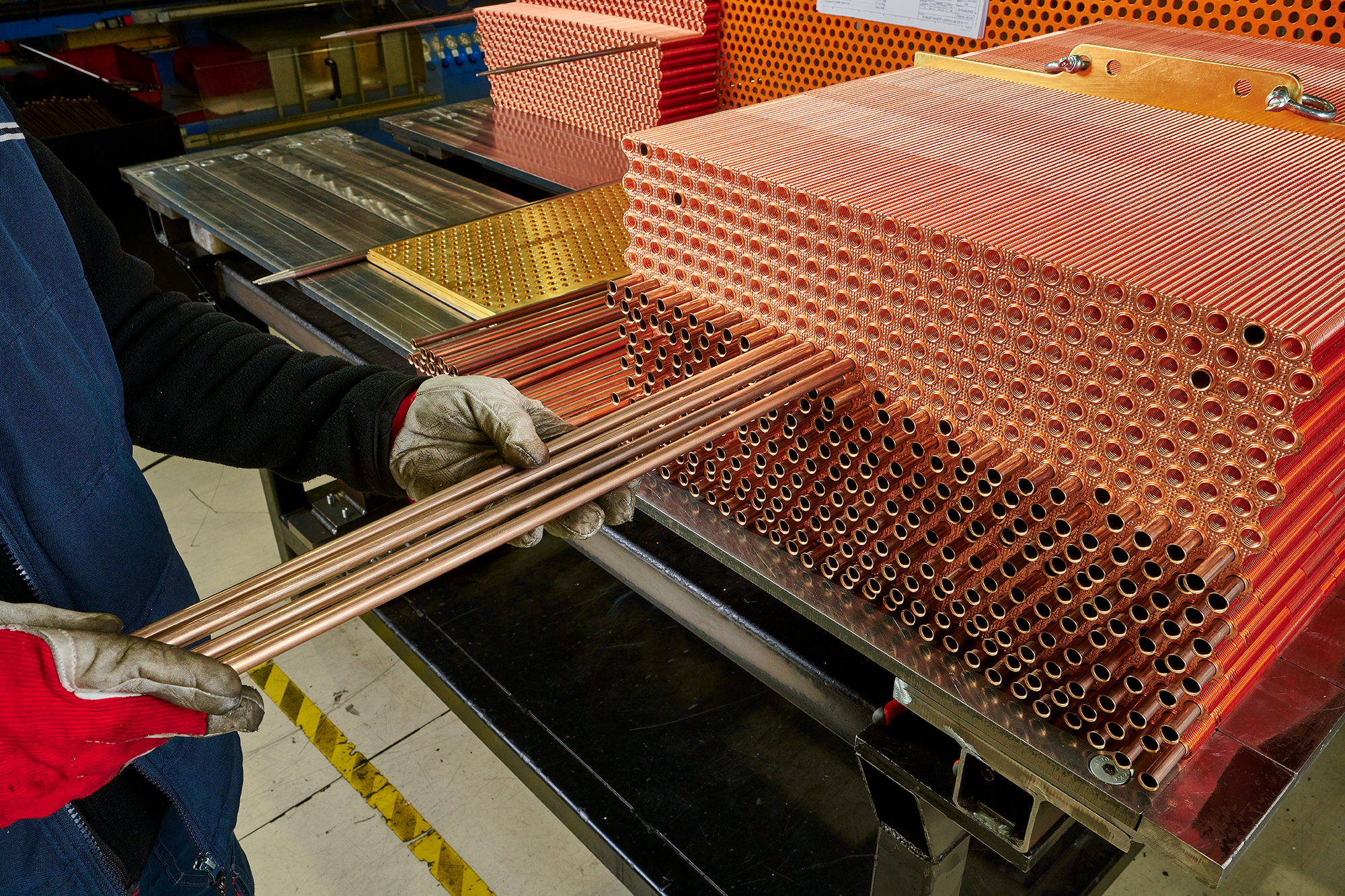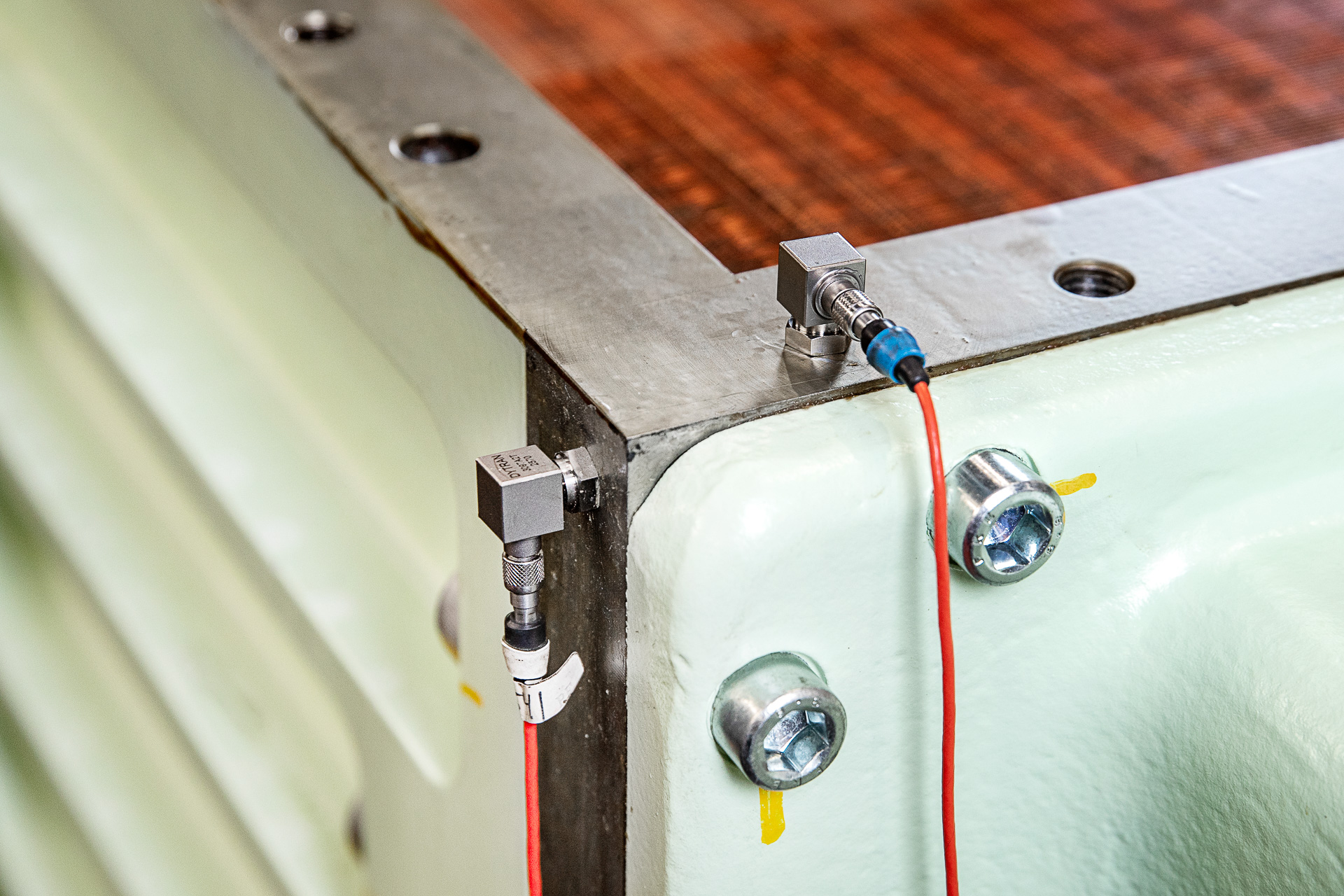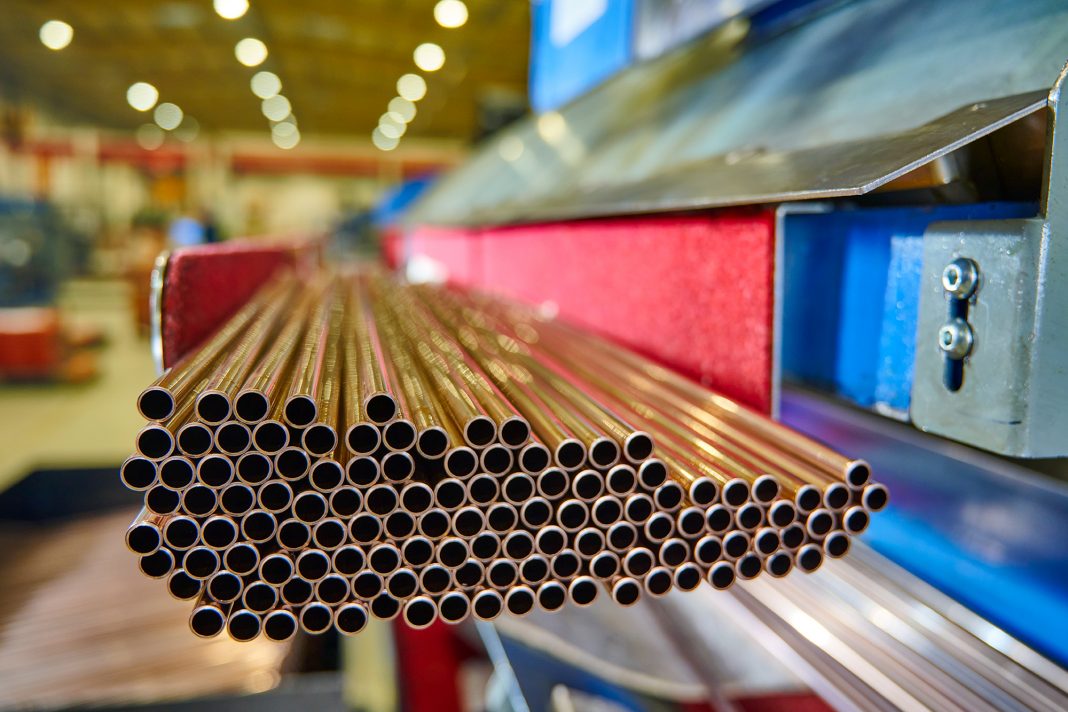Beyond blueprints, beyond prototypes, lies a future where humans and machines design in harmony. Dive into the groundbreaking collaboration between Vestas Aircoil and the University of Sheffield, where digital twins unlock sustainable engineering breakthroughs
In an interview with Open Access Government, Dr Claus Ibsen (Group R&D Director, Vestas aircoil), Dr Bilal Qadri (R&D Vibration Engineer, Vestas Aircoil), Professor Atul Bhaskar and Mr Muhammad Hafizh (PhD student) from the University of Sheffield revealed how integral digital twins are to the future of sustainable engineering and their own personal work.
The transition from traditional blueprints and prototypes to a future where human expertise converges with cutting-edge technology is well underway. This transformative journey finds a vivid expression in collaborative initiatives, with one noteworthy partnership being between Vestas Aircoil and the University of Sheffield.
This collaboration’s focal point is the exploration and realization of sustainable engineering breakthroughs, primarily facilitated by the integration of digital twin technology.

Unravelling the challenges of mode degeneracy in heat exchanger design
At the heart of this collaborative effort is the meticulous unravelling of technical challenges posed by vibration mode degeneracy in heat exchanger design.
Q: What are the specific challenges posed by “vibration mode degeneracy” in heat exchanger design?
A: Essentially, vibration mode degeneracy means we have an engineering structure in which there are lots of so-called natural frequencies clustered together. Instead of there being separate frequencies that are very well understood and distinct, mode degeneracy causes mathematical and computational challenges because of its uncertainty.
The crux of the issue lies in the clustering of natural frequencies, creating a mathematical puzzle that demands a nuanced understanding. Professor Atul Bhaskar, a leading figure in structural engineering at the University of Sheffield, sheds light on the intricate dance of frequencies that engineers grapple with in the design of heat exchangers.
The intended dimensions of components, meticulously designed by engineers, often deviate due to manufacturing tolerances, introducing uncertainty during the manufacturing process. Navigating these challenges requires a delicate balance. Operating conditions must steer clear of these clustered modes to prevent potential structural issues. This delicate balance can be achieved through a meticulous examination of structural excitation or through a strategic redesigning process.
Leveraging Digital Twins for Vibration Management: The Four-Year PhD Program
A key milestone in this collaborative journey is the implementation of a four-year PhD program that leverages digital twins for vibration management.
Q: And how will the new PhD project leverage digital twins technology for improved vibration management?
A: This program seamlessly integrates academic requirements with industrial support, aiming to address real-world industrial challenges and elevate the Technology Readiness Level (TRL) in the product development cycle. The collaboration is not merely theoretical; it involves the practical application of digital twins to enhance vibration management in heat exchanger design. Dr. Bilal Ali Qadri says that using digital twins in context of heat exchanger design could potentially minimise design flaws that leads to poor design quality, hence enabling more reliable heat exchangers.
The four-year PhD program is a testament to the holistic approach taken by the University of Sheffield and Vestas Aircoil in nurturing the next generation of engineers. This collaboration not only meets academic requirements but also receives augmentation from industrial support, enriching the overall research and development experience.
One significant aspect highlighted by throughout the interview is the structure of the program. It ensures that the PhD funding, secured from both UK research councils (EPSRC) and industrial sources, forms a cohesive package. This collaborative funding approach enables the exploration of industrial problems with the aim of advancing the Technology Readiness Levels.
Another dimension brought forth by the collaboration is the potential application in condition monitoring. Real-time sensors can pick up issues associated with heat exchangers, offering a proactive approach to maintenance and problem-solving. Predictive maintenance emerges as a key ambition, aligning seamlessly with Vestas Aircoil’s values and enriching the functionality and longevity of its products.

Navigating timelines and milestones in digital twin projects
Q: So what are the expected timelines and milestones for these projects?
A: Embarking on a research initiative lasting several years demands careful planning and a clear roadmap. Throughout this interview, members from Vestas Aircoil and the University of Sheffield provide insights into the intricacies of timelines and milestones associated with their digital twin projects. These timelines run in parallel, addressing both industrial challenges and fulfilling academic requirements of a doctoral programme.
The industrial aspect involves responding to challenges within specific timelines, while the academic side focuses on meeting the university’s milestones for awarding a PhD degree. The expected timeline for the digital twin projects includes developing low-fidelity and medium-sized models, with the ultimate goal of achieving a fully functional model within three to four years.
Integrating digital twins into Vestas Aircoil’s design process
Q: How will research findings be translated into practical applications so fast?
A: In the pursuit of revolutionizing heat exchanger design, the integration of digital twins into Vestas Aircoil’s design process stands out as a pivotal step.
Dr. Claus Hessler Ibsen adds that employing digital twins can enhance predictive maintenance and minimise costly downtime due to unexpected equipment failures. During the interview, the team delved into the technicalities, emphasizing the significance of having a high-fidelity digital model that closely mimics the intricacies of real-world structures and environments.
The finite element model, a cornerstone of this digital twin approach for engineering structures, is a sophisticated digital model that mirrors complex assemblies. It brings together computer models of various elements, such as tubings, end plates, and manifolds, to simulate the behaviour of real-world heat exchangers. This model, already in existence, serves as a baseline for the collaborative effort.
The design process envisions a seamless integration of the digital twin model into Vestas Aircoil’s broader design considerations. The flexibility of the digital twin is crucial; it should accommodate minor design changes effortlessly, providing efficiency in the design process, thus reducing design lead time.
In practical terms, the digital twin becomes a valuable tool for structural design, minimizing the risk of failures and optimizing the overall performance of heat exchangers. The goal is to create a digital twin that not only predicts the behavior of the product under various conditions but also aligns with the broader design considerations of Vestas Aircoil.
Challenges and considerations in using digital twins for vibration management?
Q: Are there any potential limitations or challenges associated with using digital twins for vibration management?
A: While the promise of digital twins for vibration management is evident, the complexities of verification and validation are at the forefront, highlighting the need to strike a trade-off between accuracy and computational efficiency.’
In the pursuit of a digital twin that authentically replicates real-world behavior, the model’s fidelity is paramount. However, achieving high fidelity often comes at the cost of computational intensity. Striking the right balance is a challenge, particularly when considering real-time applications in industrial settings. Dr. Bilal Ali Qadri addresses one, among other, challenges when creating digital twins; the complex surroundings of a heat exchanger, such as the temperature variability, is a notorious factor to consider as it is known to camouflage the effect of a potential damage. The idea is, therefore, also to differentiate between the effect of temperature and damage.
The collaborative effort acknowledges these challenges and is actively working towards refining the digital twin model. The PhD team envision a future where advancements in computational capabilities would mitigate current challenges, paving the way for highly accurate and computationally efficient digital twins.
Envisioning future applications: Beyond vibration management
Q: So, on the topic of vibration management project, what types of data will be used to develop and validate the digital twin model?
A: Looking beyond the immediate focus on vibration management, the collaboration between Vestas Aircoil and the University of Sheffield envisions broader applications for digital twins in the realm of heat exchanger design, providing a glimpse into potential future applications that extend the impact of digital twins that mirror the behaviour of products and processes digitally across various applications.
Condition monitoring emerges as a significant practical implantation of the idea of digital twins. Real-time sensors, integrated with digital twins, can revolutionize maintenance practices. The ability to predict potential issues before they escalate enables a proactive approach, reducing downtime and extending the lifespan of heat exchangers.
The digital twin’s role extends beyond the initial design phase into the realm of performance optimization. Continuous monitoring allows for real-time adjustments, ensuring that heat exchangers operate at peak efficiency under varying conditions. This adaptability aligns with the broader industry trend towards sustainability and energy efficiency.
Moreover, the insights gained from the digital twin model can feed into the iterative design process. As real-world data enriches the digital model, it becomes a dynamic entity, evolving with each iteration. This iterative design process holds the potential to continually enhance the performance and reliability of heat exchangers.
Collaboration as the Driving Force: A Shared Vision for the Future
Q: How will communication and knowledge sharing be facilitated between the university and Vestas Aircoil?
A: The collaborative journey between Vestas Aircoil and the University of Sheffield serves as a testament to the power of synergy between academia and industry. Professor Bhaskar articulates the mutual benefits derived from this collaboration, emphasizing the symbiotic relationship between academic exploration and industrial application.
For Vestas Aircoil, this collaboration represents a strategic investment in research and development, aligning with their commitment to innovation and sustainability. The integration of digital twins into their design process is not a mere technological upgrade but a strategic move towards future-proofing their products.
Q: What are your long-term goals for this research collaboration?
A: On the academic front, the collaboration provides a fertile ground for cutting-edge research and the nurturing of future engineering leaders. The four-year PhD program stands as a flagship initiative, bridging the gap between academic rigour and industrial relevance. It creates a cohort of experts who not only contribute to the theoretical understanding of heat exchanger design but also possess the practical skills to drive innovation in the industry. From a business perspective, the long-term goals for this research collaboration are centred around driving innovation and creating solutions that address real world challenges, says Dr. Claus Hessler Ibsen.
The collaborative journey is not without its challenges, but it is precisely these challenges that fuel the spirit of exploration and innovation. The PhD team, in collaboration with Vestas Aircoil, navigate the complexities of vibration mode degeneracy, vibration reduction, and the intricacies of digital twin technology.
As this collaborative journey unfolds, it becomes a beacon illuminating the path towards a future where heat exchanger design seamlessly integrates sustainability, efficiency, and innovation. The story of Vestas Aircoil and the University of Sheffield exemplifies how, through shared vision and collaborative effort, the engineering landscape can be reshaped, one breakthrough at a time.

This work is licensed under Creative Commons Attribution-NonCommercial-NoDerivatives 4.0 International.


